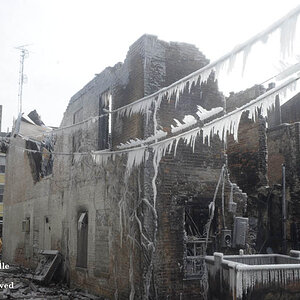batmura
No longer a newbie, moving up!
- Joined
- Sep 19, 2012
- Messages
- 649
- Reaction score
- 240
- Location
- Istanbul, Turkey
- Can others edit my Photos
- Photos OK to edit
What is everyone's opinion on using the in-camera noise reduction feature when doing long exposure photography? To this day, I have used it, but the waiting can sometimes be really frustrating. While reading an article the other day, the author suggested turning it off and adjusting it in post. Is this a good method and as effective or does having nr reduction on in camera have irreversible effects?
Thanks!
Thanks!



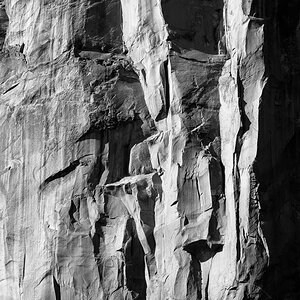
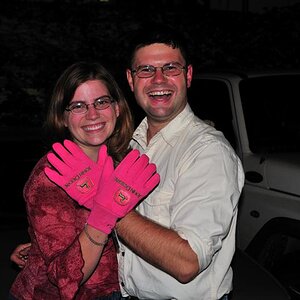
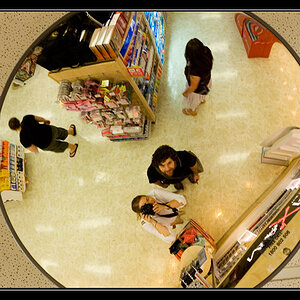
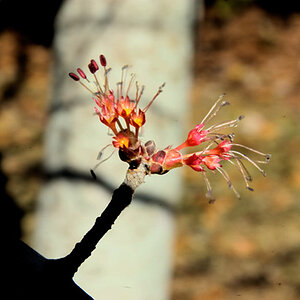
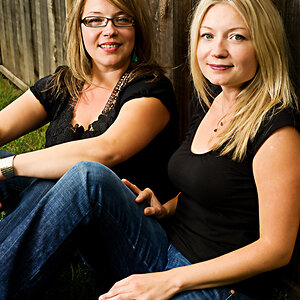
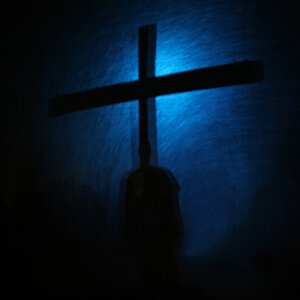
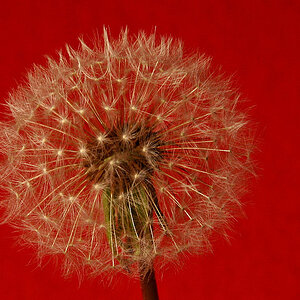
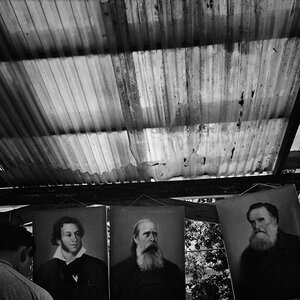

![[No title]](/data/xfmg/thumbnail/42/42397-30faa170de7ed9be38adf00b9b26a220.jpg?1619740167)
